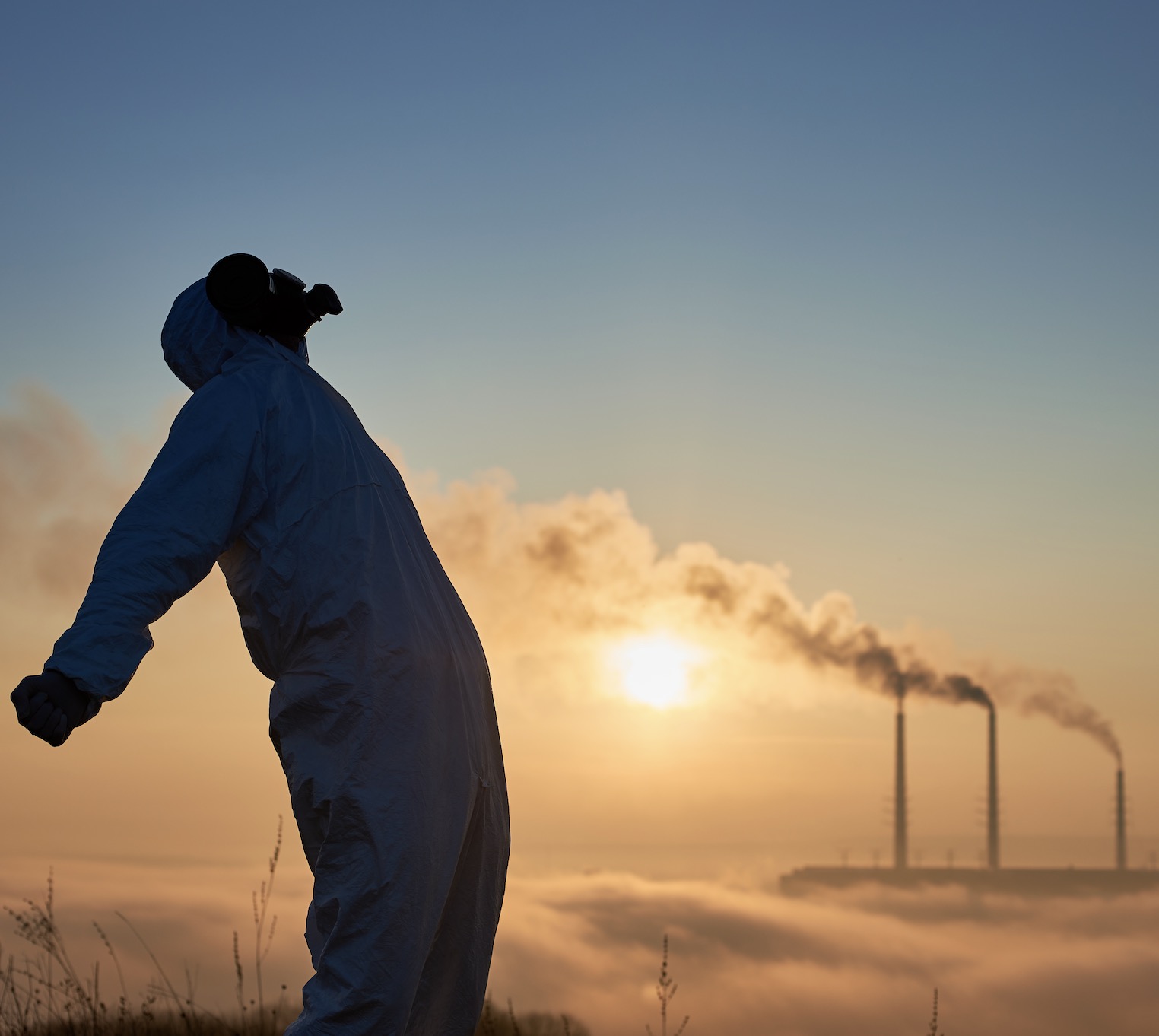How Droughts Can Be Triggered by Human Activities in South Africa

Human activities significantly contribute to the occurrence and severity of droughts in South Africa. Understanding these activities with supporting facts and evidence is essential for addressing and mitigating their impacts. Here are key human activities that trigger droughts, backed by concrete examples and data:
Deforestation
- Tree Removal for Agriculture: In South Africa, deforestation for expanding agricultural land has reduced forest cover significantly. The removal of trees disrupts the water cycle by reducing transpiration and the amount of moisture released into the atmosphere. According to a study by the South African National Biodiversity Institute, deforestation has led to a 25% reduction in local rainfall in some areas, exacerbating drought conditions .
Overuse of Water Resources
- Agricultural Irrigation: The agricultural sector in South Africa consumes about 60% of the country’s water resources. Over-irrigation in regions like the Western Cape has led to the depletion of rivers and groundwater sources. For example, the Breede River’s flow has decreased by 40% due to over-extraction for vineyards and fruit orchards, contributing to water shortages and droughts .
- Industrial Usage: Industries in the Gauteng province, which include mining and manufacturing, are major water users. The Vaal River, which supplies water to this region, has seen a 30% reduction in water levels due to industrial overuse, impacting the overall water availability during dry periods .
Urbanization
- Urban Expansion: Rapid urbanization in cities like Johannesburg and Cape Town has led to increased surface runoff due to the replacement of natural landscapes with impermeable surfaces such as concrete and asphalt. This change reduces groundwater recharge, making these areas more susceptible to drought. A study by the University of Pretoria found that urban runoff has increased by 50%, leading to decreased groundwater levels in urban areas .
- Water Demand: The growing population in urban areas has increased water demand significantly. Cape Town’s population grew by 56% from 2001 to 2018, leading to the infamous “Day Zero” water crisis in 2018, where the city nearly ran out of water due to overconsumption and insufficient water management .
Climate Change
- Greenhouse Gas Emissions: South Africa is the 14th largest emitter of greenhouse gases globally, primarily from coal-fired power plants and transportation. These emissions contribute to global warming, which increases the frequency and intensity of droughts. According to the South African Weather Service, there has been a 1.5°C increase in average temperatures over the past century, leading to more severe droughts like those experienced in 2015-2016 .
- Land Use Changes: The conversion of natural landscapes into agricultural or urban areas affects local climates. For instance, the transformation of the Eastern Cape’s grasslands into croplands has led to a 20% decrease in local rainfall, contributing to more frequent droughts .
Poor Water Management
- Inefficient Irrigation Practices: Traditional irrigation methods, such as flood irrigation, result in significant water loss. The Department of Water and Sanitation reports that up to 30% of irrigation water is lost through evaporation and runoff in the Limpopo province, contributing to water scarcity and drought conditions .
- Lack of Conservation Measures: Inadequate implementation of water-saving technologies and techniques exacerbates water wastage. For example, only 10% of South African farms use drip irrigation, which is far more efficient than traditional methods, leading to unnecessary water loss and increased drought vulnerability .
Pollution
- Water Contamination: Industrial and agricultural pollutants contaminate water sources, making them unsuitable for use. The Hartbeespoort Dam, for instance, is heavily polluted with industrial waste and agricultural runoff, leading to eutrophication and reducing the availability of clean water during drought periods .
Agriculture Practices
- Mono-cropping: Continuous planting of the same crop depletes soil nutrients and reduces soil’s water retention capacity. In the Free State province, extensive mono-cropping of maize has led to soil degradation and a 15% decrease in soil moisture retention, increasing drought susceptibility .
- Overgrazing: Excessive grazing by livestock leads to soil erosion and degradation. In the Karoo region, overgrazing has reduced vegetation cover by 35%, making the soil more prone to drying out and leading to more frequent drought conditions .
Human activities such as deforestation, overuse of water resources, urbanization, climate change, poor water management, pollution, and unsustainable agricultural practices significantly contribute to the frequency and severity of droughts in South Africa. Addressing these issues with targeted strategies is essential for mitigating the impacts of droughts and ensuring sustainable water management in the country.
References
- South African National Biodiversity Institute: Study on deforestation and rainfall reduction.
- Western Cape Agriculture Department: Report on water usage in the Breede River.
- Gauteng Province Water Report: Impact of industrial water usage on the Vaal River.
- University of Pretoria: Research on urban runoff and groundwater levels.
- Cape Town “Day Zero” Report: Analysis of the 2018 water crisis.
- South African Weather Service: Data on temperature increase and drought frequency.
- Eastern Cape Land Use Study: Effects of agricultural transformation on rainfall.
- Department of Water and Sanitation: Report on irrigation water loss in Limpopo.
- South African Agricultural Census: Statistics on irrigation methods.
- Hartbeespoort Dam Pollution Study: Impact of contamination on water availability.
- Free State Agriculture Report: Effects of mono-cropping on soil moisture.
- Karoo Environmental Study: Impact of overgrazing on vegetation and soil health.
